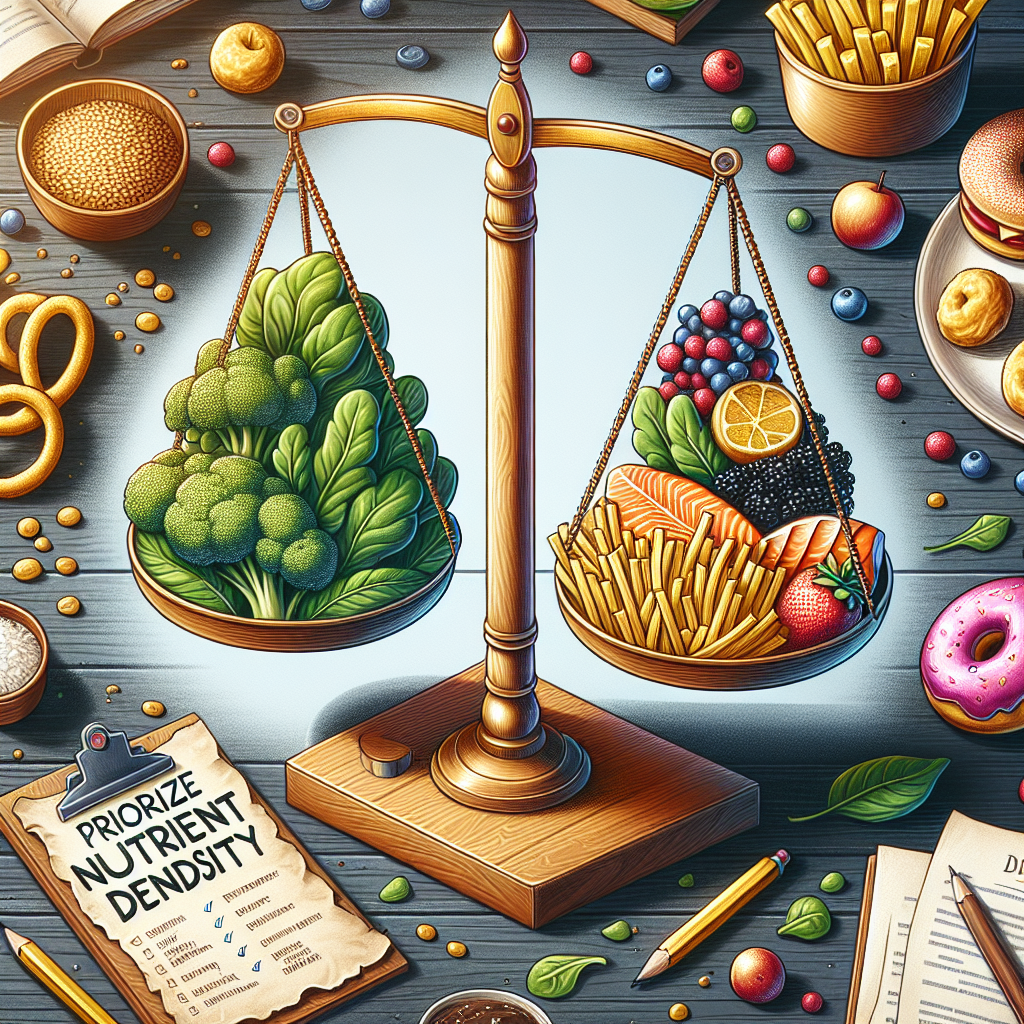How to Read a Nutrition Label: Your Ultimate Guide to Healthy Eating
Reading nutrition labels is an essential skill that leads to healthier eating habits and overall improvements in wellness. In this post, we will delve into the intricacies of how to read a nutrition label effectively. Our primary focus will be on offering practical nutrition tips that promote healthy eating.
Table of Contents
A nutrition label, also known as a nutrition facts panel, provides detailed information about a food product’s nutritional content. But to use this information effectively, you need to understand what each section means.
2. The Importance of Serving Sizes
The serving size is the first piece of information you’ll find on a nutrition label. It’s crucial because all the other information on the label pertains to this quantity of food.
### How to Understand Serving Sizes
- Comparison: The serving size can help you compare the nutritional content of similar products.
- Reality Check: It provides a reality check on the quantity of food you consume.
- Basis for Daily Diet: The serving size forms the basis of your daily diet plan.
3. Interpreting Calorie Information
The next key information on a nutrition label is calories. Understanding this section will help you manage your weight effectively, whether your goal is to lose, maintain, or gain weight.
### Understanding Calorie Information
- Calorie Count: This indicates the number of calories in one serving of the product.
- Calories from Fat: This figure shows how many calories in a serving come from fat.
4. Breaking Down Nutrient Content
Nutrient content forms the bulk of the information on a nutrition label. It’s divided into two sections: ‘Nutrients to get less of’ and ‘Nutrients to get more of’.
### Nutrients to Get Less Of
These nutrients are often linked to conditions like heart disease, high blood pressure, and cancer. They include:
- Saturated Fat
- Trans Fat
- Cholesterol
- Sodium
### Nutrients to Get More Of
These are the nutrients your body needs for healthy functioning, such as:
- Dietary Fiber
- Vitamin D
- Calcium
- Iron
- Potassium
5. Decoding the Percent Daily Value (%DV)
The Percent Daily Value (%DV) indicates how much of a nutrient is in a single serving of food in relation to the recommended daily amount.
### How to Use %DV
- 5% DV or Less: This is considered low. Aim for these levels in nutrients you want to limit, like saturated fat, sodium, and added sugars.
- 20% DV or More: This is considered high. Aim for these levels in beneficial nutrients like fiber, vitamin D, calcium, iron, and potassium.
6. Nutrition Tips for Healthy Eating
With a firm understanding of how to read a nutrition label, let’s explore some practical nutrition tips for healthy eating:
- Be Mindful of Serving Sizes: Always check the serving size first. If you consume double the serving size, you’re getting double the nutrients and calories listed.
- Limit ‘Bad’ Nutrients: Try to limit your intake of saturated fats, trans fats, cholesterol, sodium, and added sugars.
- Boost ‘Good’ Nutrients: Aim to consume more dietary fiber, vitamin D, calcium, iron, and potassium.
- Use %DV as a Guide: Use the %DV to help you make better dietary choices.
In conclusion, understanding how to read a nutrition label is an invaluable skill in your journey towards healthier eating habits. It empowers you to make informed decisions about the food you consume, guiding you towards better health and wellness.
By integrating the knowledge of nutrition labels and the practical nutrition tips provided in this guide, you can pave the way for a healthier lifestyle. Remember, it’s not about perfect eating habits, but making more informed and health-conscious decisions.
Your health is your wealth. Invest wisely!
